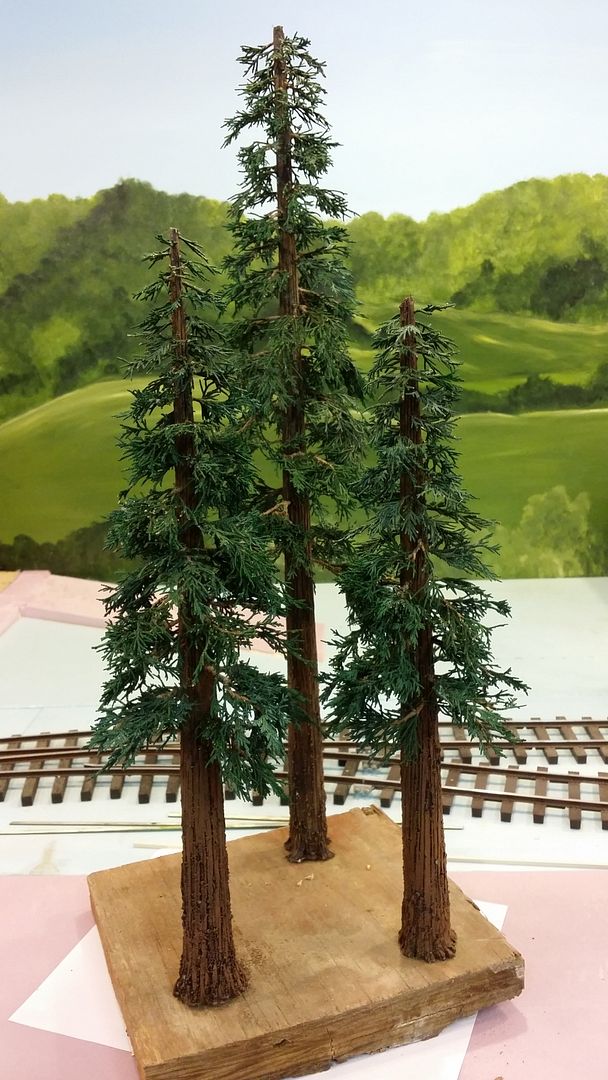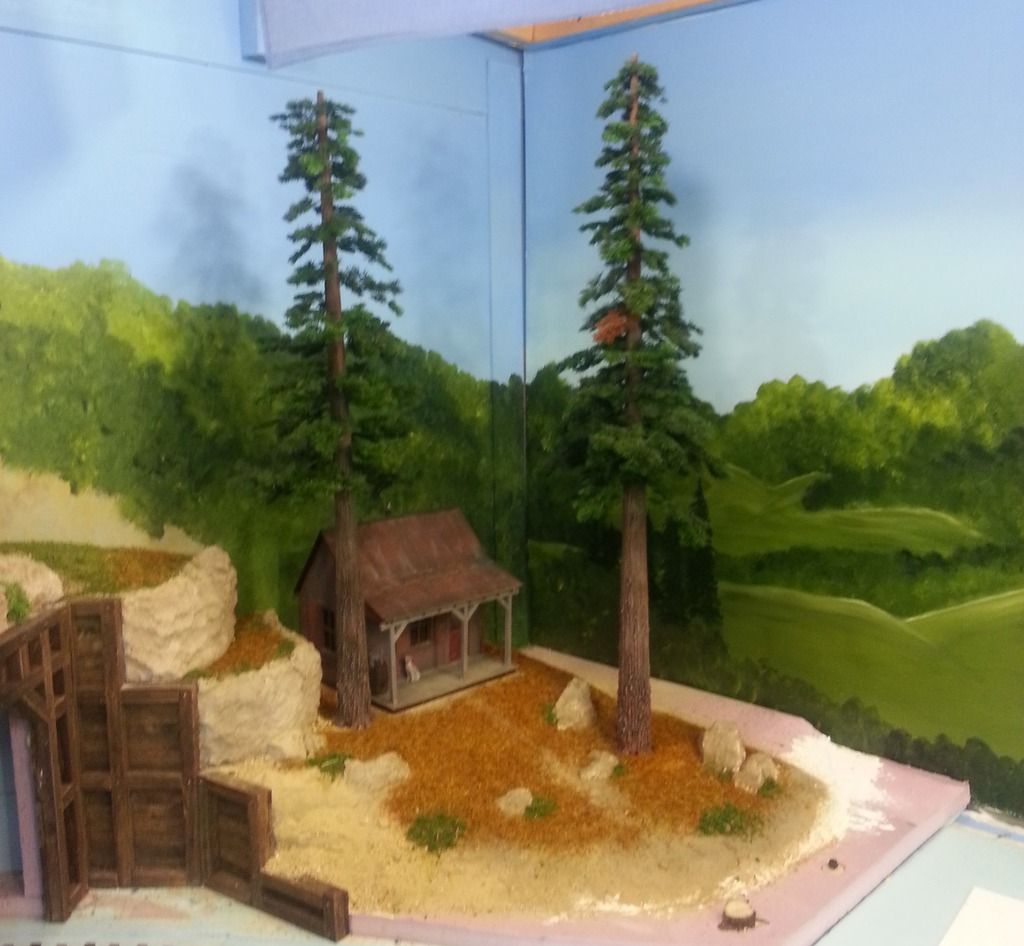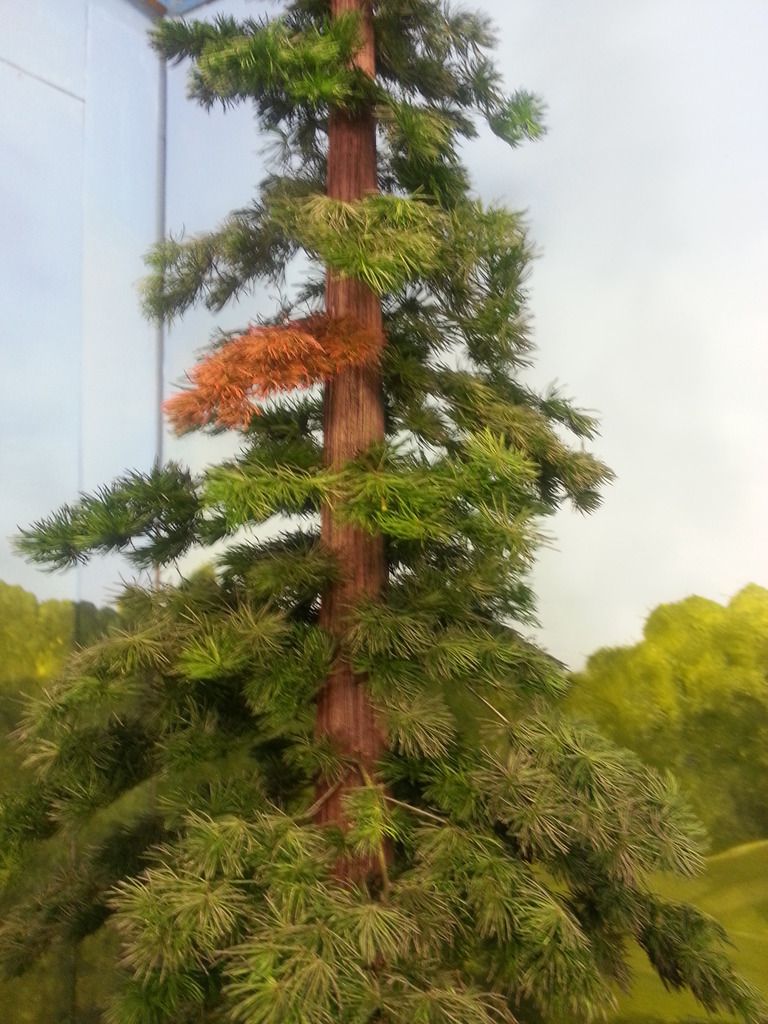Thanks for all the responses. 1. I had tried hair spray and it was a disaster. 2. I definitely am trying to avoid all the dowel-and individual-branch approaches no matter what the material is. 3. I looked up the the glycerin that Mark Hadler suggests, and to be honest, it’s a little spooky…it seems like the process an undertaker would use to embalm a body! Also it seems to take a very long time to work.4. Doc’s flocking approach is a possibility if my idea doesn’t work.
I believe the first thing I’ll try is “Mrs. Diesel’s Super Surface Sealer”; it seems closest to my original idea and I had no idea such a product exists, so I thank Kevin for that. If it doesn’t work, I’ll go to the upside down and spray with acrylic medium route. We’ll see.
Thanks again. I shall keep you posted on the results. Right now I’m weathering ties, rusting rail, installing ballast and retaining walls, and generally working the yard up, but trees and foliage are next, or should I say inevitable.


